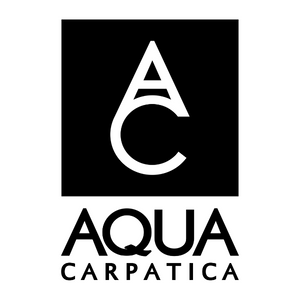Soave’s solution is wrapped in a new project called Progetto Identità Soave (Soave Project Identity) – created as a reminder for this wine region in northeastern Italy “to simply be itself”.
That’s easier said than done in the face of climate change.
Soave’s answer involves:
- Reducing the yields and “natural exuberance” of its signature grape, Garganega;
- Increasing vineyard checks by the SIQURIA certification body;
- Increasing attention to environmental matters, especially water resources.
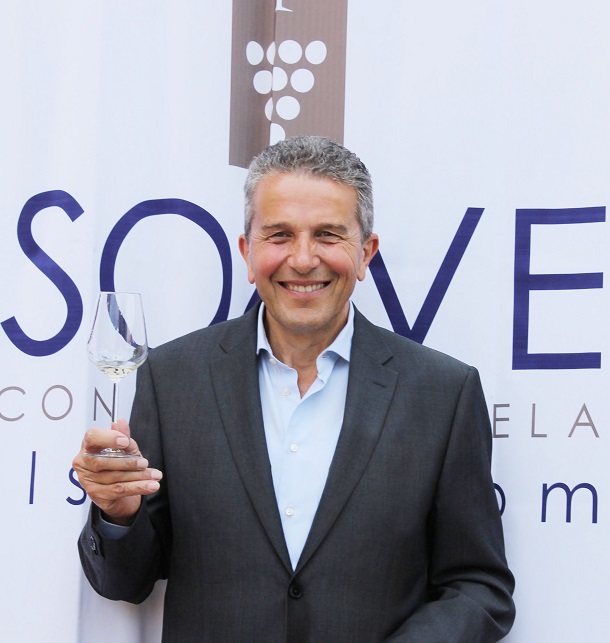
The aim is to make the denomination even more competitive in Italy and on international markets. Sandro Gini (above), president of the Soave Protection Consortium, describes it as “an important response that as a denomination we intend to give to the markets which, today more than ever, are looking for wines with a strong identity, with a not overly high alcohol content”.
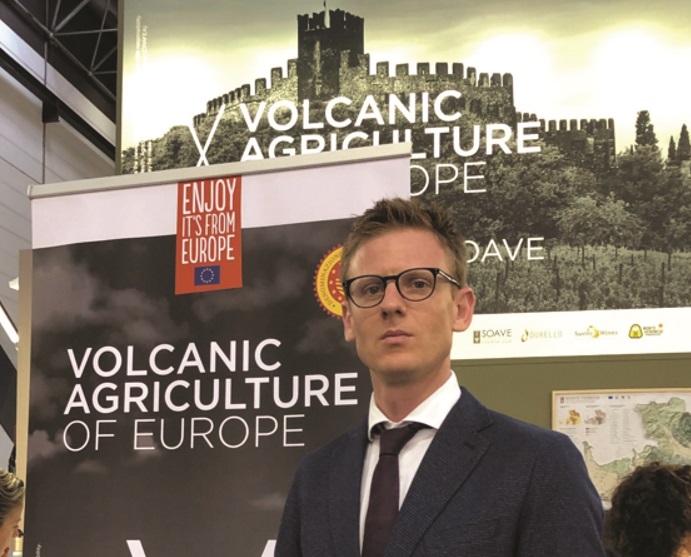
Canopy contacted Igor Gladich (above), director of the Soave Consortium, to find out more.
Canopy: What is the new yield level recently approved unanimously by the Protection Consortium Assembly?
Igor Gladich: “The new yield level has been reduced to 135 quintals/hectare.”
What has it been reduced from?
Igor: “It has been reduced by 10% compared to the previous limit, with the intention of implementing an even more significant reduction in the coming years.”
When was the old level set?
Igor: “The old level was set approximately 15 years ago when oenological objectives were different from the current ones. Today, the Garganega variety, through Soave, exhibits a flexibility, lightness, and gradualness that make it truly unique and inimitable. In this sense, the aim is to fully exploit the potential that this variety can express.”
‘The aim is to fully exploit the potential that this variety can express’Why was 135 quintals/hectare the new level settled upon?
Igor: “The reduction aims to respond to the markets more competitively and ensure that our Garganega variety can express itself at its best, guaranteeing quality and identity in the glass. Soave and Garganega are inseparable, akin to other great wine regions worldwide where a grape variety identifies with its preferred terroir without losing any of its value. The new level was also chosen to produce in a more environmentally friendly manner, as lower yields allow for a reduction in energy inputs in the vineyard. The choice was unanimously shared by the production base.”
Was any research conducted to find the most suitable level?
Igor: “The level was identified through extensive research and studies conducted in our area over the last 20 years. Modulating yields allows Garganega to produce a wine with a distinctive identity, immediate, graceful, savoury, and very fresh on one side, and a wine with a great vocation to evolve over time on the other. Additionally, a three-year research project with the University of Verona has been initiated to further investigate the quantitative and qualitative effects of these reduction choices on the Garganega variety and its maturation.”
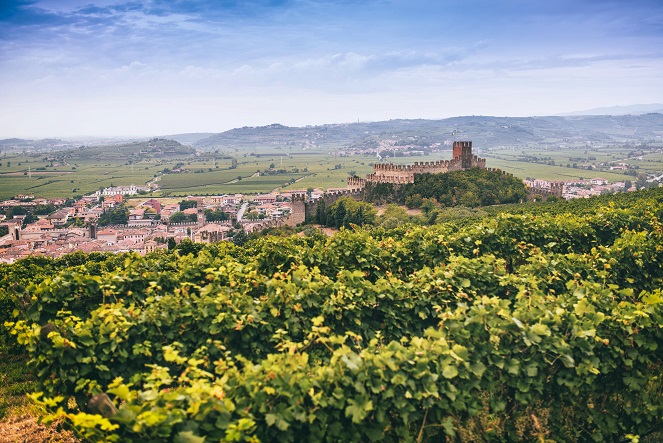
Finally, what other measures are being implemented in the vineyard to improve the quality of the grapes?
Igor: “In addition to the reduction in yields outlined in the regulations, last July we introduced the suspension of plantings for claims for vineyards created after July 31, 2023, and a claim block for the 2023 and 2024 seasons to limit Soave production to selected, suitable areas. Controls on compliance with yields in the field have also been increased to ensure consumer confidence. Controls in the vineyard have been increased to 30%, meaning the entire denomination will be verified within three years.
“These measures were adopted by the Consortium in December 2023 to allow growers to plan their agronomic choices effectively, emphasising the belief that achieving an identity wine starts in the vineyard.”
‘Achieving an identity wine starts in the vineyard’

 English
English French
French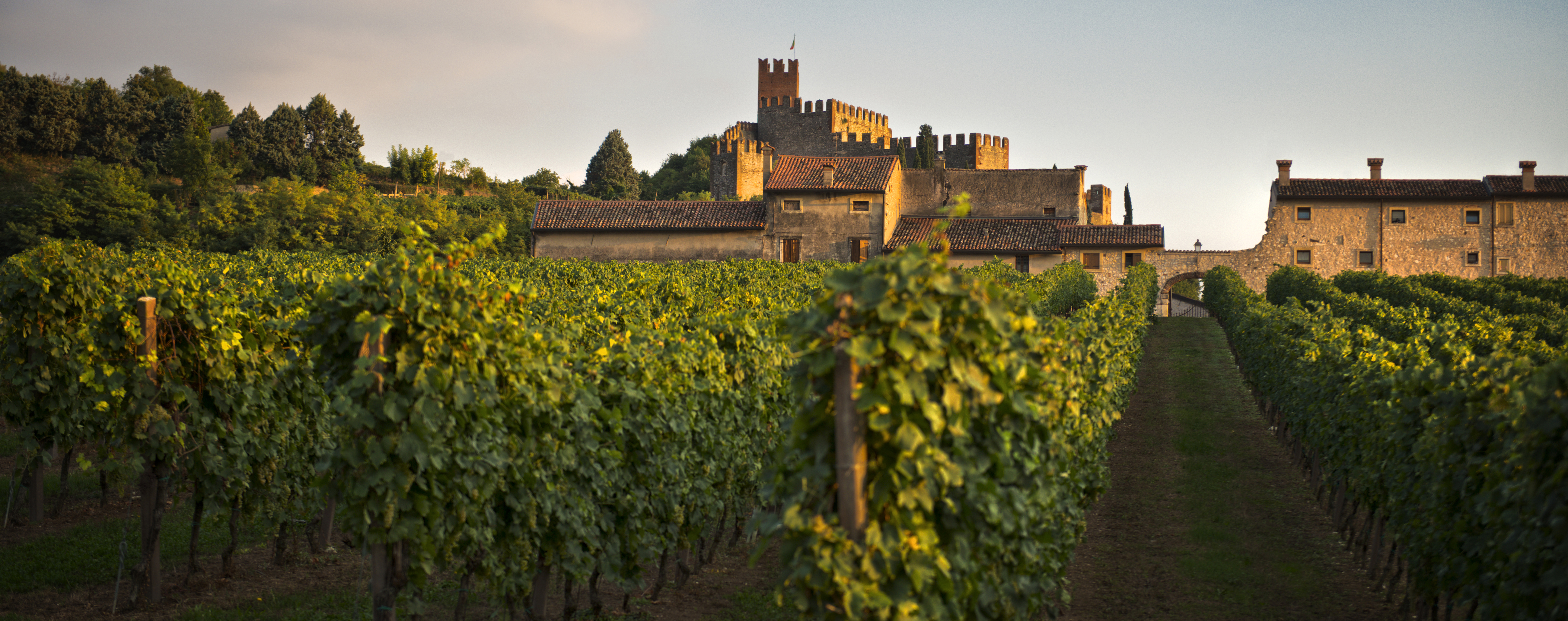



.png)
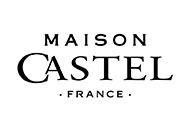
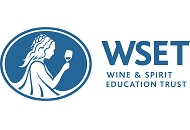
.png)



